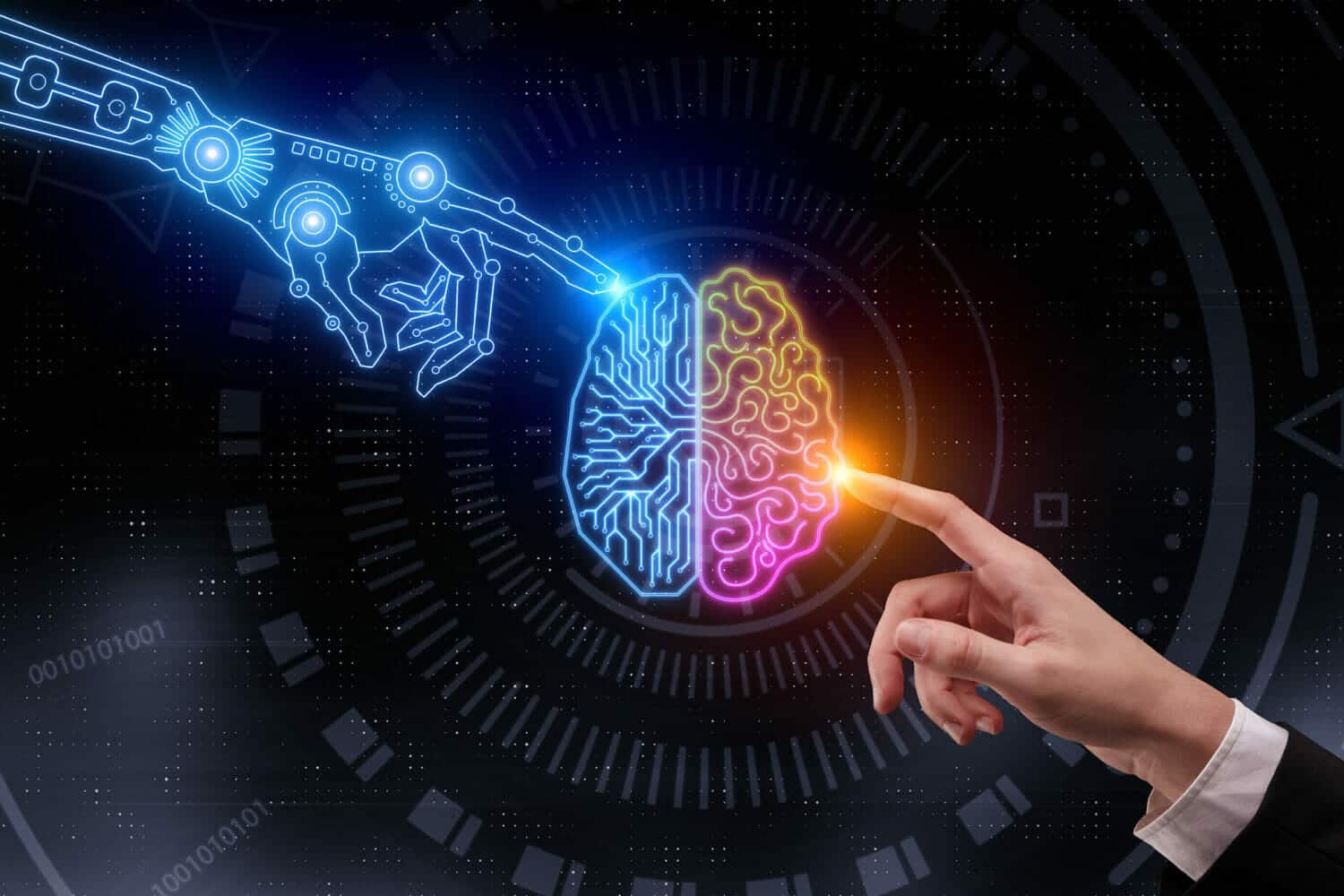The Bernard Rodriguez Journal
Exploring the latest trends and stories in news and lifestyle.
Can AI Paint Better Than Humans?
Discover if AI can truly outshine human creativity in painting. Uncover the future of art in this captivating exploration!
The Evolution of AI in Art: Can Machines Outpaint Humans?
The evolution of AI in art has been a fascinating journey, showcasing the intersection between technology and creativity. Initially, early algorithms were simplistic, creating basic designs and patterns. However, with advancements in machine learning and deep neural networks, AI has developed the capacity to analyze vast datasets of artistic styles and techniques. This ability has allowed machines to generate everything from abstract compositions to hyper-realistic portraits. As a result, artists have begun to collaborate with these algorithms, expanding their own creative horizons while challenging the traditional notion of artistry. For further reading on this topic, visit Art News.
Despite the remarkable capabilities of AI in generating art, the question remains: can machines outpaint humans? While AI can mimic styles and produce visually stunning images, proponents argue that human artists bring a level of emotional depth, intention, and context that machines cannot replicate. The debate continues, with various opinions on whether AI outputs can truly be considered 'art.' Some believe that the blending of human creativity and machine efficiency could lead to new forms of art altogether, pushing boundaries and redefining what it means to create. As the dialogue persists, the landscape of the art world continues to evolve, reflecting the dynamic relationship between human creativity and artificial intelligence.

A Comparison of Technique: AI vs. Human Artists
In the realm of artistic creation, a significant debate has emerged between AI and human artists. While traditional artists lean heavily on their emotional intelligence, innate creativity, and lived experiences to imbue their artworks with meaning, AI programs utilize algorithms and data to generate visually stunning pieces. According to a report from ArtNews, AI can analyze thousands of artworks in seconds, identifying trends and styles that may take human artists years to master. However, the subjective experience that human artists bring to their work often results in an emotional depth that AI-generated pieces may lack.
On the other hand, proponents of AI art argue that it opens new avenues for creativity and democratizes artistic expression. Platforms such as Midjourney and DALL-E allow users to create intricate designs easily, showcasing how technology complements the artistic process. Yet, a key question persists: Can AI truly replicate the human experience? While AI can simulate human-like creativity, it often lacks the emotional resonance found in art crafted by human hands, as suggested by a Forbes article that emphasizes the irreplaceable essence of the human touch in art.
Does AI Understand Creativity? Exploring the Artistic Capabilities of Algorithms
The question of whether AI can understand creativity is a fascinating one that has been debated by artists, scientists, and technologists alike. Traditionally, creativity has been viewed as a uniquely human trait, characterized by imagination, emotional depth, and the capacity for innovation. However, advancements in machine learning and artificial intelligence have led to the development of algorithms that can produce works of art, music, and even literature. These algorithms, such as generative adversarial networks (GANs), are capable of learning from vast datasets and mimicking styles and techniques, prompting the question: can they truly be considered creative, or are they merely sophisticated imitators?
Proponents of AI creativity argue that these algorithms can push the boundaries of artistic expression by generating novel ideas and forms that humans may not envision. For instance, studies have shown that machines can analyze patterns and trends within artistic domains, leading to unique combinations of elements that challenge conventional forms. Nonetheless, critics contend that without human consciousness and emotional intention, the output of these algorithms lacks true artistic value. Ultimately, the exploration of whether AI understands creativity continues to evolve, inviting further inquiry into the intersection of technology and the essence of human artistry.